
Manoeuvrable: José Manuel's Arocs with trailing axle
Vehicle & Technology
José Manuel Sanz drives Spain's first Arocs 8×4 concrete mixer with a steered, liftable trailing axle.
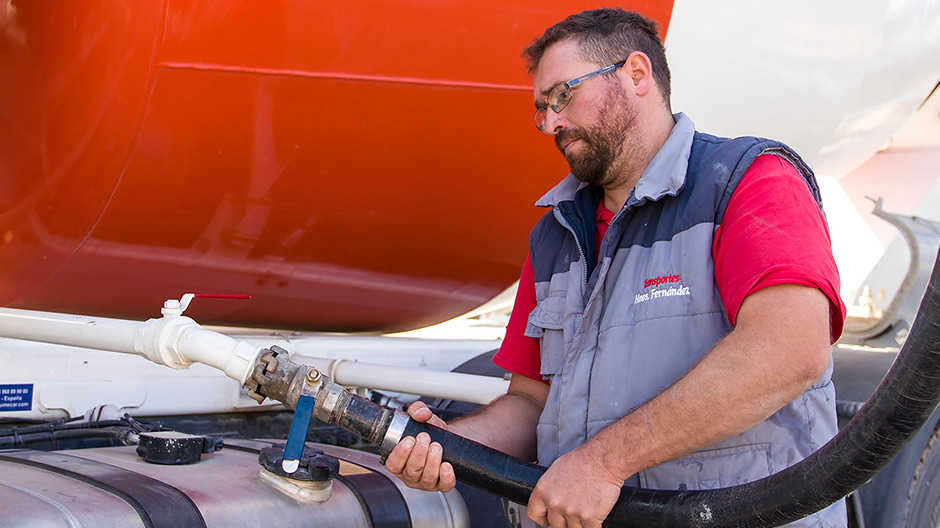
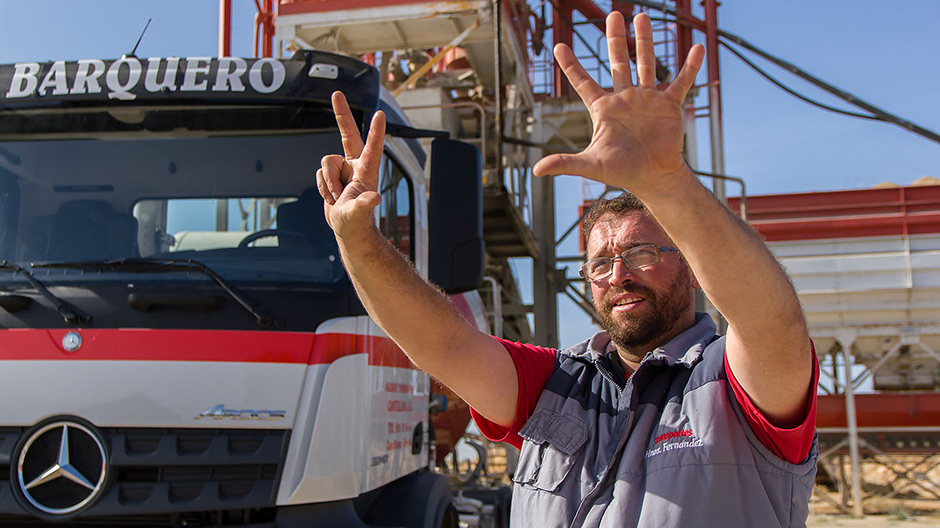
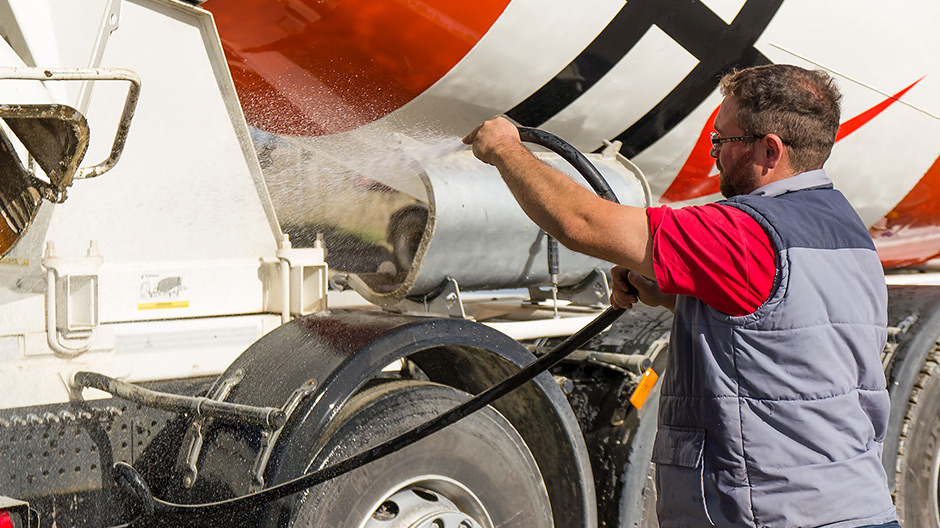
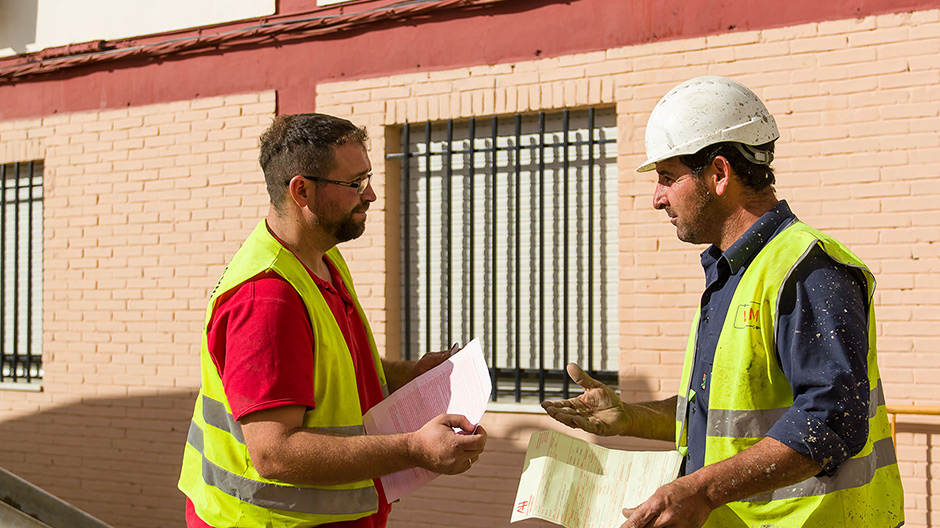
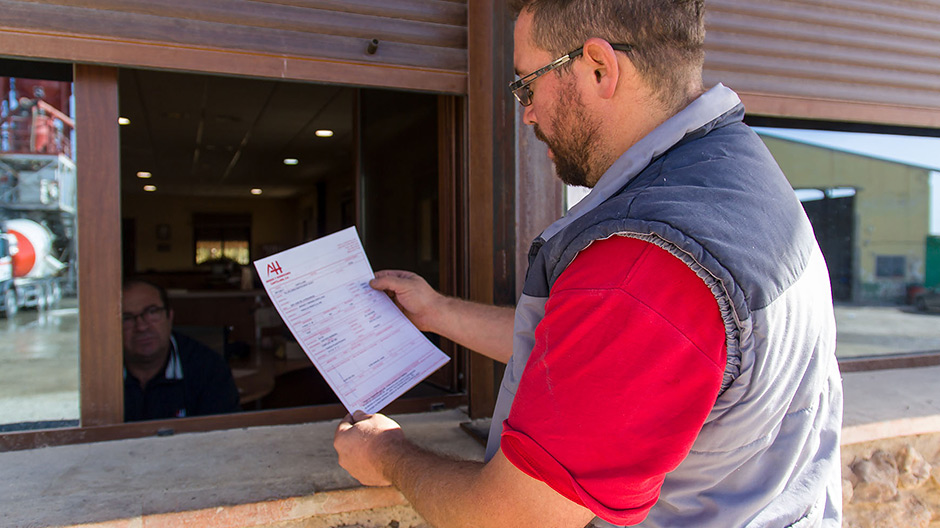
José Manuel glances at the gauge on the hydraulic system – it shows 150 bar. He immediately turns to the technician and gives him a hand signal. He adds another 80 litres of water to the concrete mixture. At the end of the loading process, the gauge shows 100 bar. José fetches the water hose and cleans the drain channel and the truck. "Ready to go!" he says.
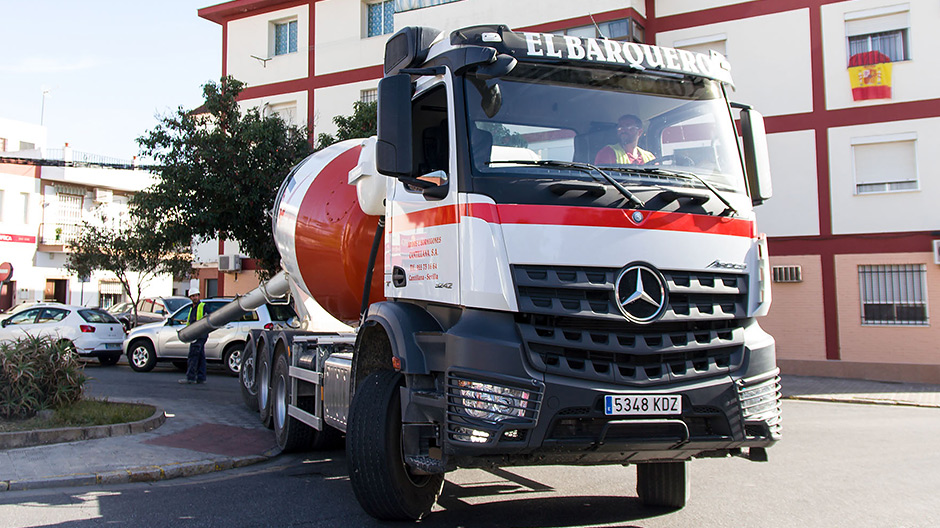
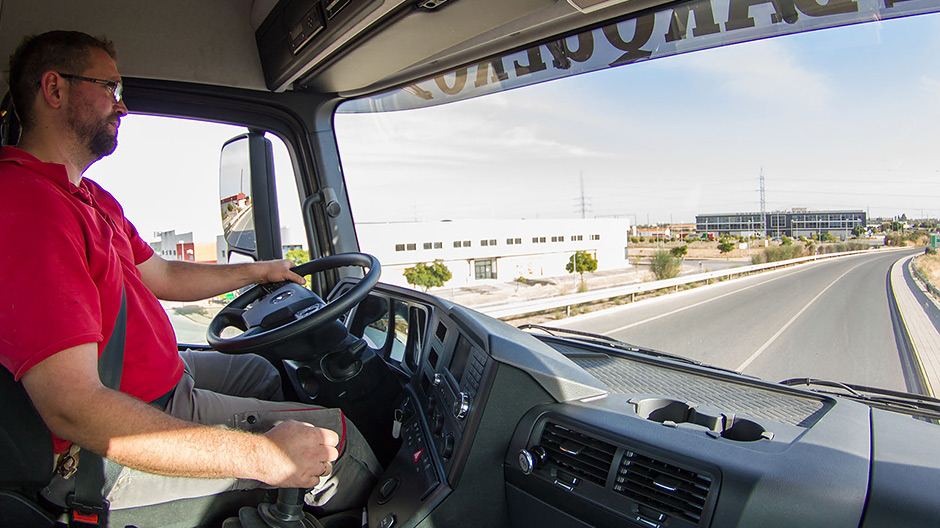
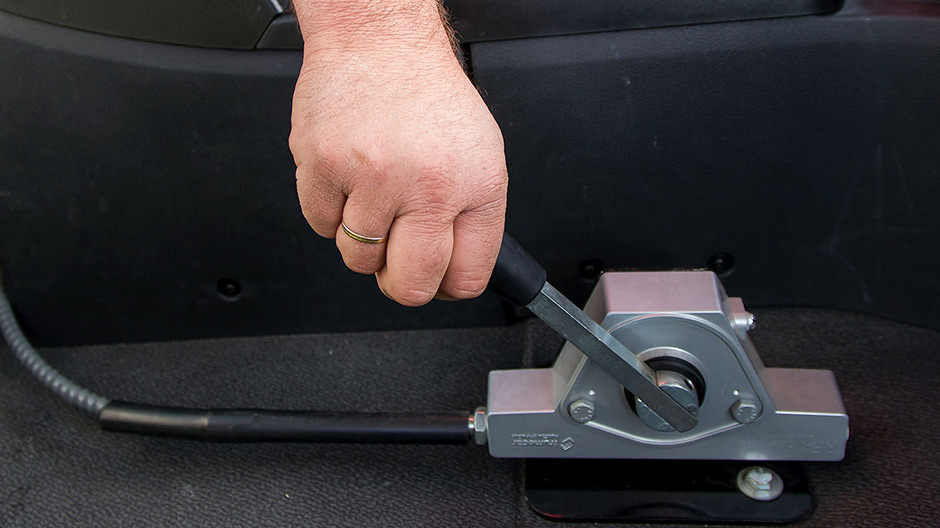
Manoeuvrable thanks to a steered trailing axle.
José smiles from ear to ear as he pulls away: "It's a joy to drive this Arocs! I have to do a lot less manoeuvring. And that's not all!" The last axle on the Arocs 3248 is a steered, liftable trailing axle which significantly reduces the turning circle. Today he is driving concrete needed for laying underground cables close to Seville, 23 kilometres from the company's headquarters. He has loaded up with seven cubic metres of the product.
Full concentration is a must.
On the road José drives at a low speed – particularly in bends and around roundabouts. "Transporting concrete is a challenge," he says. Concrete is a perishable material which must be delivered in under 90 minutes. "Also the concrete needs to be moved continuously. That's what the paddles inside the mixer are for," he explains.
This article contains additional material (videos, images and reports etc.) for registered RoadStars members. In order to experience the article to the full, you need to log in with your RoadStars account or register for one free of charge.
Become a RoadStar and gain access to exclusive content and campaigns!
Login for RoadStars members
Not yet a member? Join RoadStars now
Obtain exclusive access to exciting events and activities which only RoadStars can offer.
Join RoadStarsManoeuvring is child's play.
In order to get to the construction site, José Manuel must turn in a
very tight area. "With this truck that's child's play," he
says, thoroughly satisfied and shows us the turned wheels on the rear
axle in the rear-view mirror.
He positions the truck next to a ditch and swings out the discharge chute. Upon the worker's signal, he operates a lever in the cab – the concrete flows via the drum's discharge chute into the ditch where the workers distribute it with shovels and rakes.
José regularly stops the flow of concrete and lets the truck roll several metres forward. The ditch – 40 metres long and one metre deep – must be completely covered. "There should be no risk for pedestrians," says José Manuel.
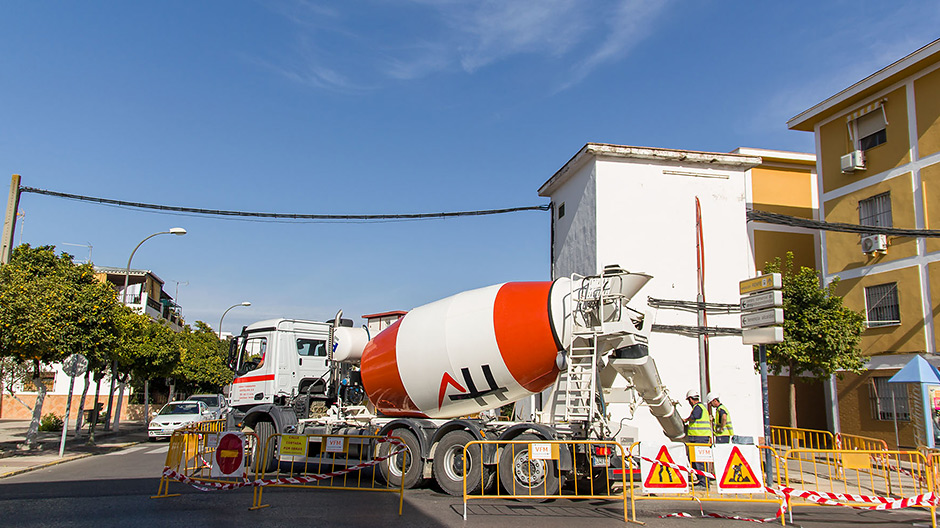
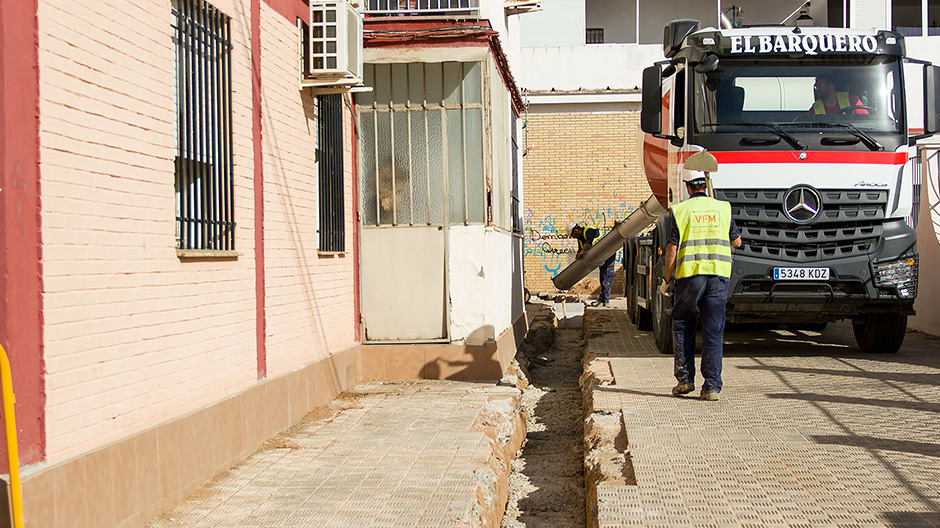
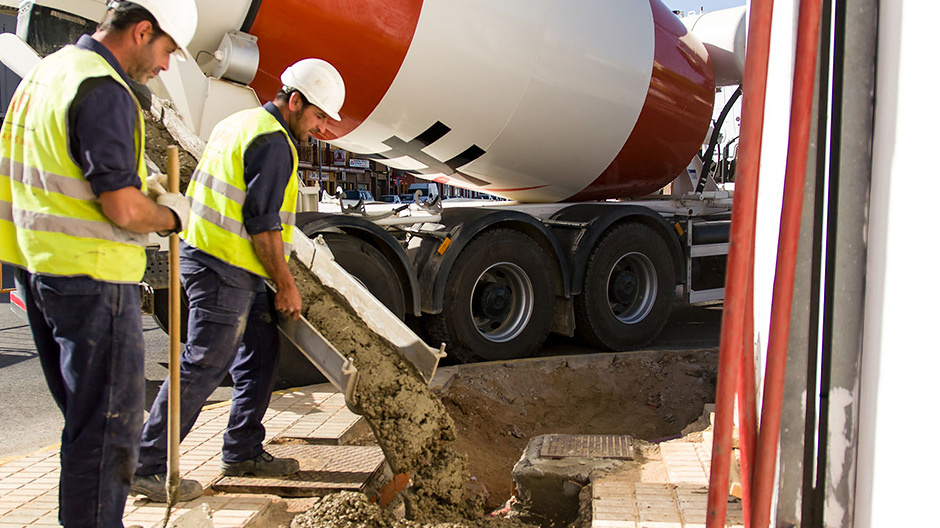
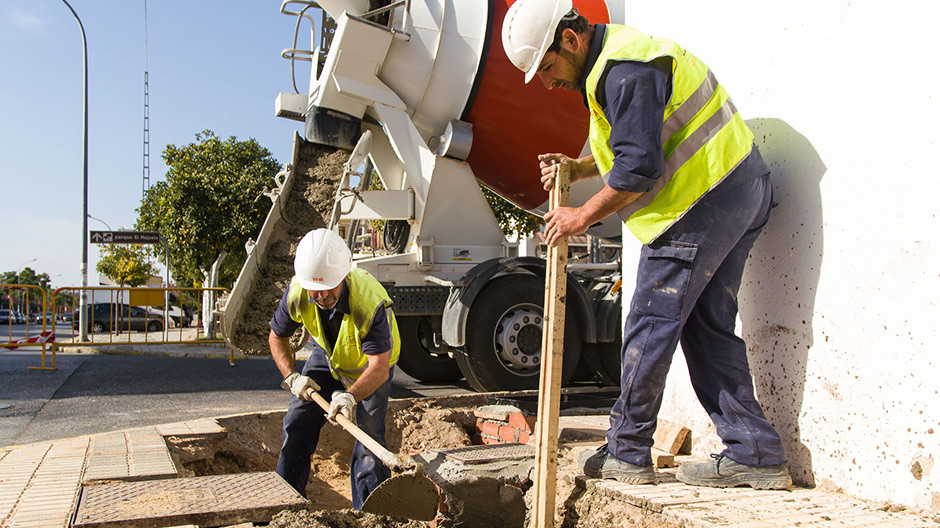
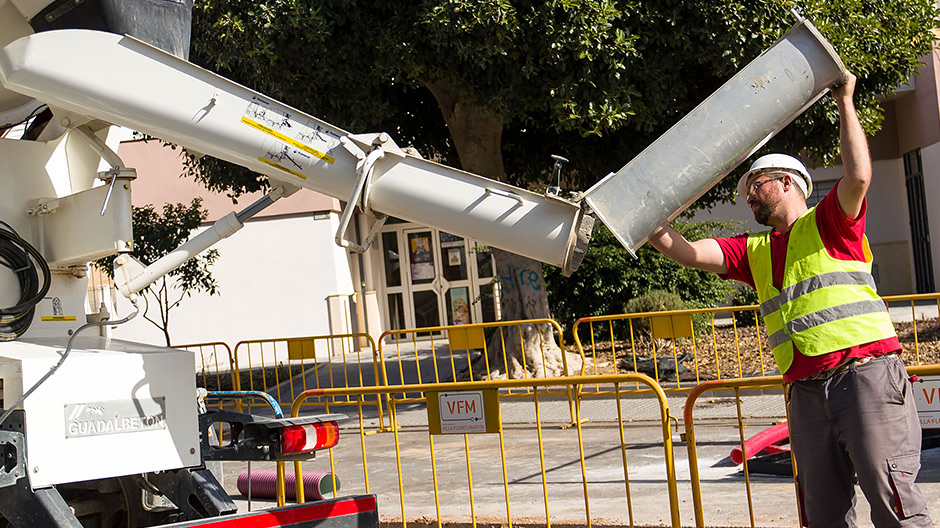
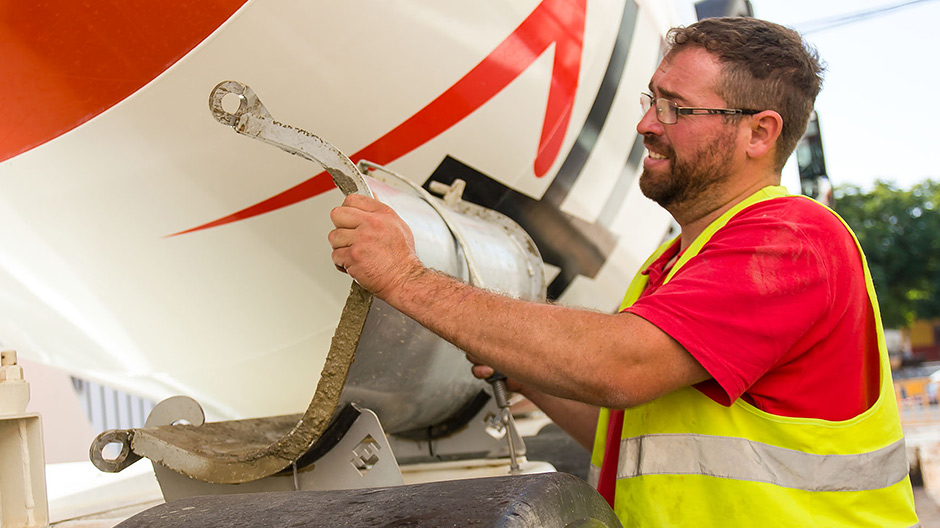
Once the unloading has been completed, he removes all remains of the concrete on the discharge chute and swings it back into place. He says goodbye to the construction workers – they will probably see each other sometime in the next few days at another construction site.
Without the load, he can lift the trailing axle for the return journey. "Then wear on the brakes and tyres is reduced, and the truck consumes a lot less fuel," José says and smiles again. "Every day, one of my colleagues asks me how things are with the truck. I have only one answer: fantastic!"
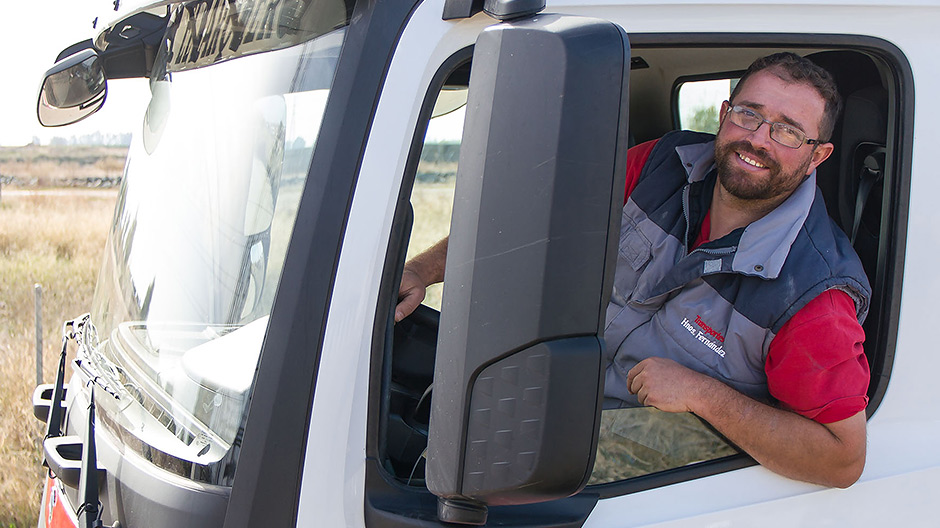
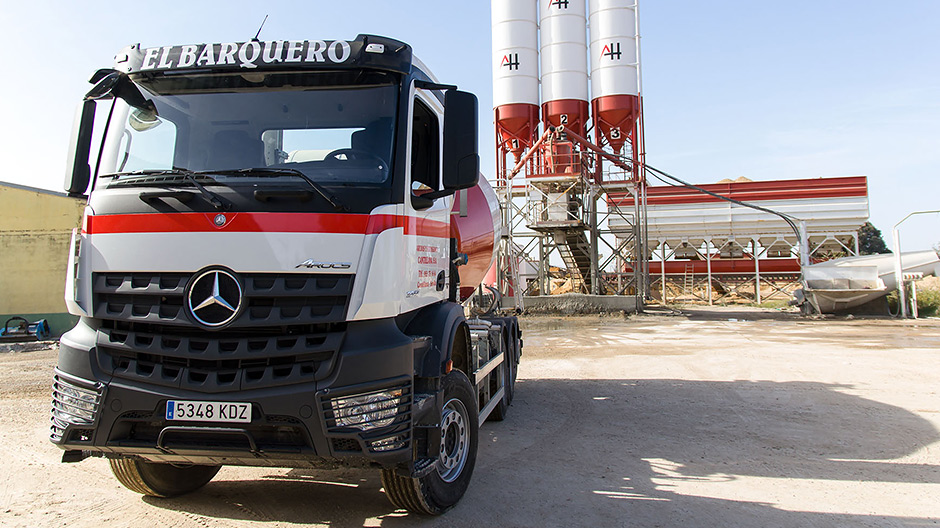
Photos and video: Begoña Tremps




Comment
Please log in to post a comment.
5 comments
Meiner Meinung ist im Baugewerbe ein Schalter die beste Lösung
Meiner Meinung ist im Baugewerbe ein Schalter die beste Lösung
sogar n Schaltwagen würde ich auch gerne mal wieder Fahren 👍
Viel Spass und genisse jeden Km.
Gruss Andreas
sogar n Schaltwagen würde ich auch gerne mal wieder Fahren 👍
Viel Spass und genisse jeden Km.
Gruss Andreas